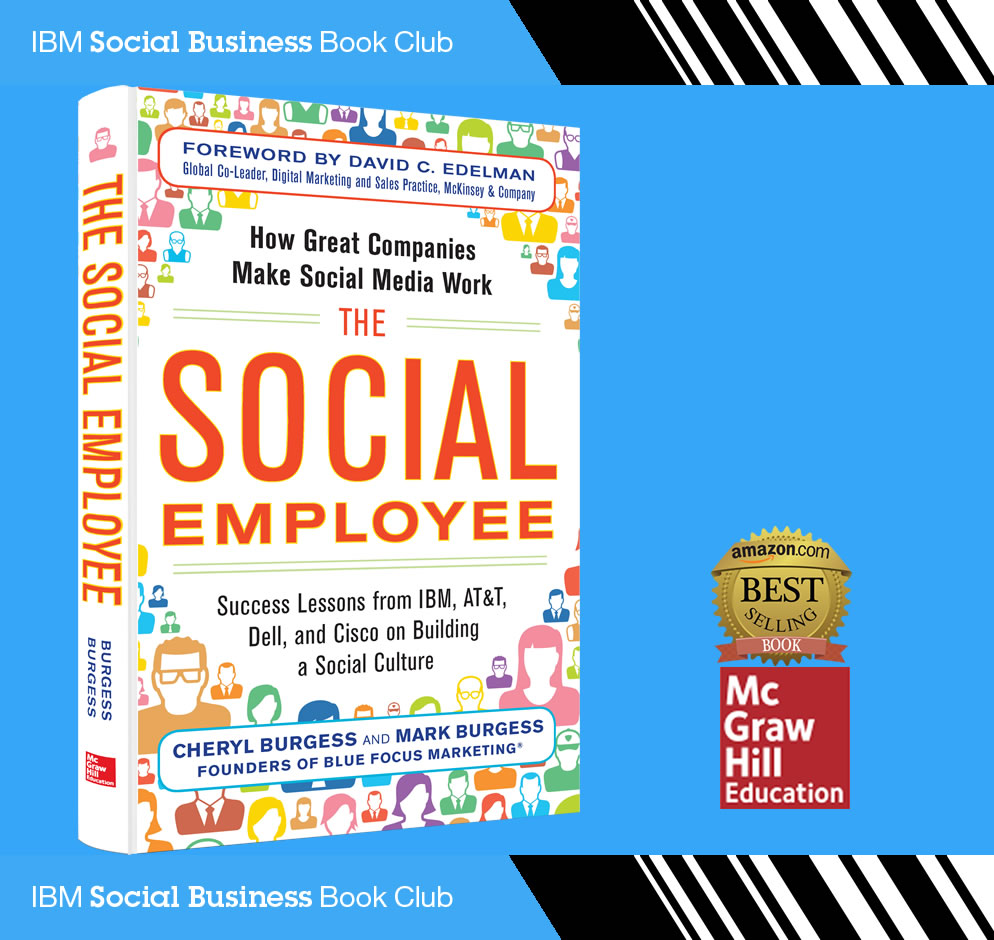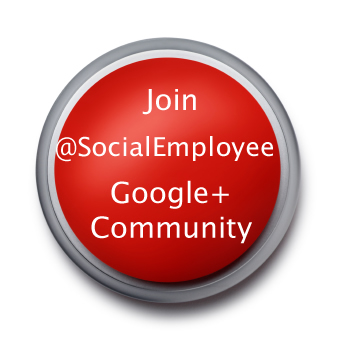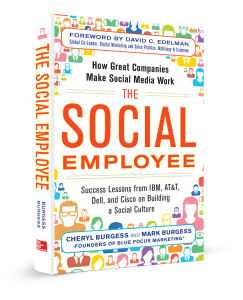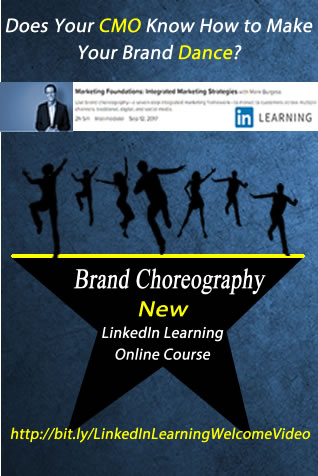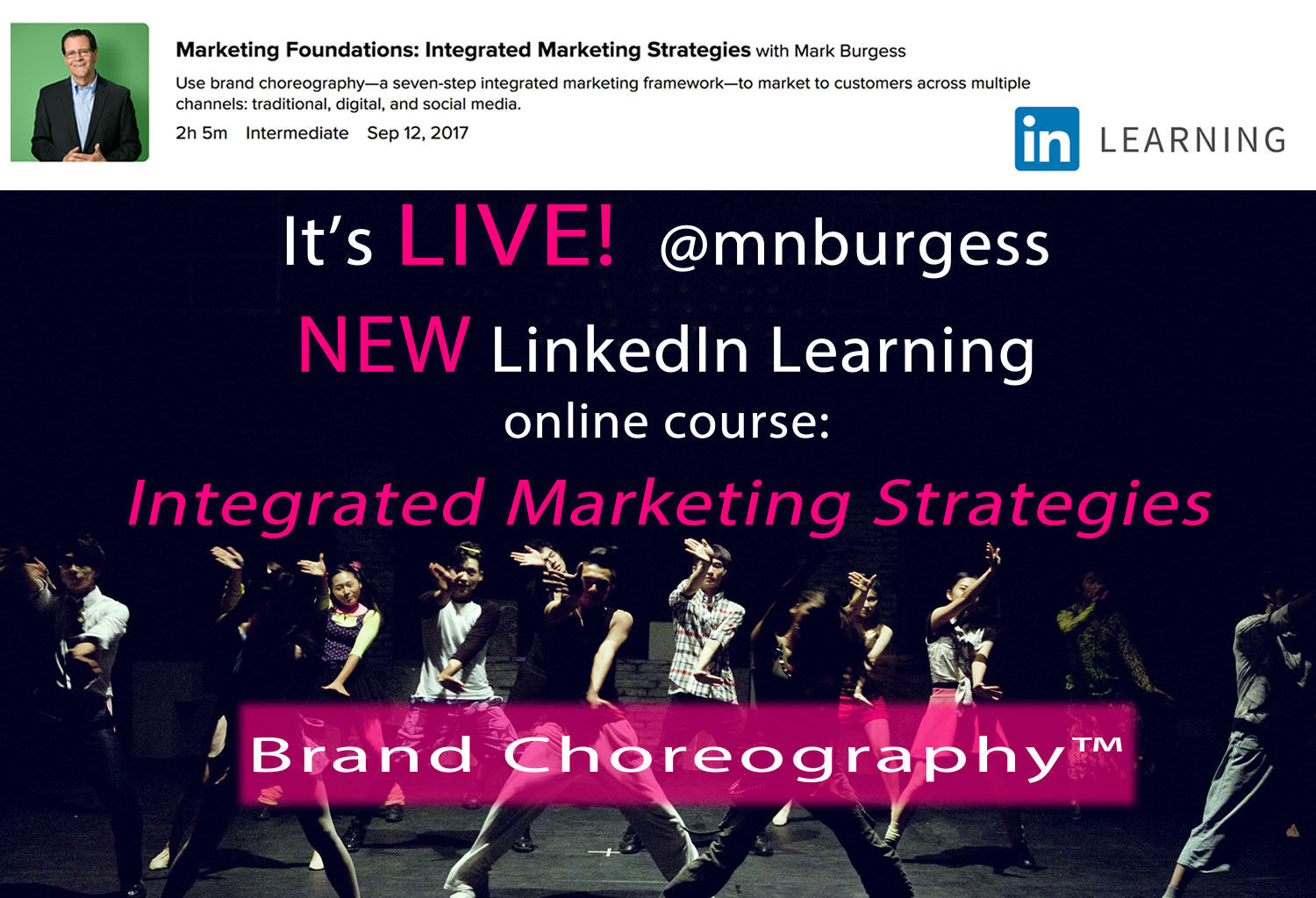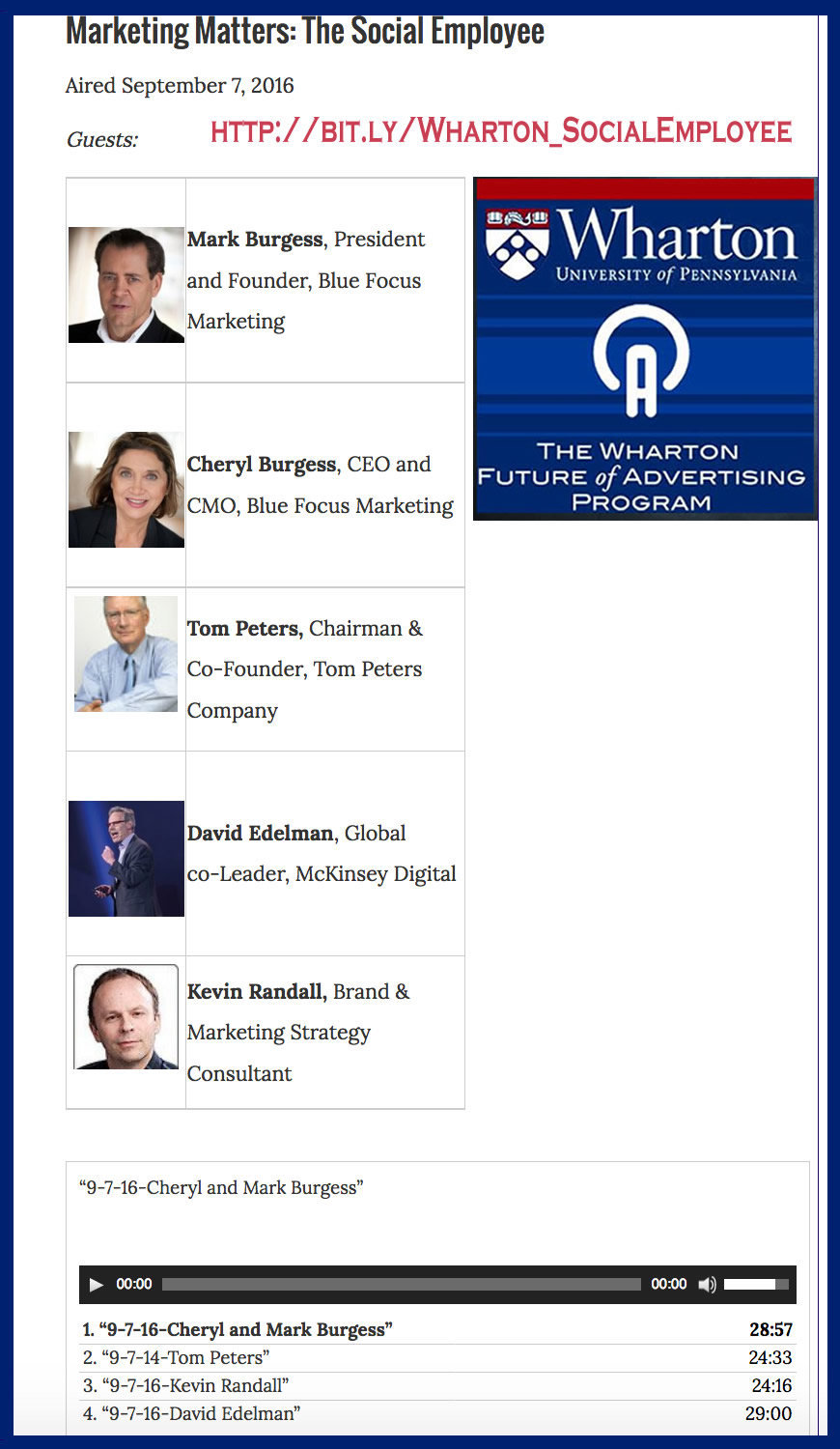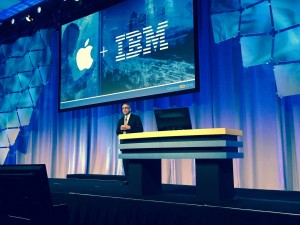 Well, I’m back from the exhilarating experience of the 2015 IBM ConnectED (@IBMConnect) Conference, held this year in Orlando, Florida. I’m sure everyone who was here to experience the event with me will agree that there was so much going on at any given point each and every day that it would be impossible to recap all of it here. Despite that, over the past couple of days, I’ve tried to share my thoughts on some of the things that really stood out to me, including the Women in Leadership luncheon hosted by Katrina Troughton (@KatyTroughton) and the Next Gen Workforce panel I was able to attend.
Well, I’m back from the exhilarating experience of the 2015 IBM ConnectED (@IBMConnect) Conference, held this year in Orlando, Florida. I’m sure everyone who was here to experience the event with me will agree that there was so much going on at any given point each and every day that it would be impossible to recap all of it here. Despite that, over the past couple of days, I’ve tried to share my thoughts on some of the things that really stood out to me, including the Women in Leadership luncheon hosted by Katrina Troughton (@KatyTroughton) and the Next Gen Workforce panel I was able to attend.
I also wanted to share my thoughts on my experiences watching Jeff Schick (@jeffschick), General Manager of Enterprise Social Solutions at IBM, at the Opening General Session, which, like the conference itself, was focused on the idea of a “New Way to Engage.” Naturally, IBM Verse, the product designed specifically to facilitate this new kind of engagement, took center stage during his talk.
IBM has long touted the idea of building “smarter” solutions, perhaps most exemplified by the company’s Smarter Planet (@SmarterPlanet) initiatives. Following in this core mission, Verse is about smarter e-mail, a platform designed to improved the ways in which we communicate and collaborate. Schick was careful to stress that Verse doesn’t require a lot of training, that it’s not only intuitive, but also smart to use. In a recent interview with Rawn Shah (@rawn) for Forbes (@Forbes), Schick elaborated on this idea:
We couldn’t make IBM Verse so remarkably different that people couldn’t see that it was mail. We couldn’t make it so that people would say, “I need training.” I want people to love this. “Great” and “simple” are words you ought to use when you’re designing software. Yes, you want make it quantifiable, measurable, but I never want to hear again, “That looks old or dated.”
I’ll get to why this philosophy is so important to employee engagement and buy-in in just a moment, but first let’s talk about how Verse achieves its mission. From a personal productivity standpoint, Verse is meant to shift the traditional e-mail focus of “Me” to a group productivity model of “We.” In many traditional workplace environments, employees can get caught up in a lot of unnecessary minutiae trying to track down conversations through the varying channels they use to communicate.
Daily, workers around the globe are asking, “Did I send that message as an e-mail or as a text? Did I use chat? Did I schedule the meeting for the right time, and was everyone properly notified?” It can become a bit much, but Verse is designed to create one integrated, clean, clear-cut space where the user can not only access information from varying channels at any time, but also enjoy an interface designed to prioritize and highlight communications with important coworkers, clients, and teams. Further, it’s designed to help automate some of those collaborative tasks—like scheduling meetings correctly—so that employees can be free to devote more of their time to the projects themselves.
All in all, it’s a very intriguing package: an update the way we handle e-mail (still the primary means of communication in most workplaces), but with an interface that will be instantly familiar to employees. This philosophy is very much in alignment with the kinds of social business strategies we outline in The Social Employee (McGraw-Hill, 2013). While tech solutions have incredible potential, when all is said and done, it’s the employees who still have to use these tools. And because of that, it’s absolutely crucial that organizations either design or adopt new tech with this the end user—the social employee—in mind.
And this is why I’m so excited about Verse; hearing Schick champion it, it’s clear the platform was indeed designed with employees in mind. We demonstrated in The Social Employee (@SocialEmployee) that IBM’s social employee training programs are among the best in modern business, so it’s not like the company is lacking in that department. However, training and adoption can be a time-consuming, disruptive processes. With Verse, it’s clear that leadership at IBM is making a much more fundamental point: Sure, training can be helpful, but you know what’s better? Creating a platform that’s already so familiar and intuitive employees will be asking, “Where have you been all my life?” rather than “How the heck do I even use this?”
The value of this approach can’t be overstated, and it should go a long way in helping the company sell the platform to their many B2B clients. All they have to do is lead with their why: to make the workplace more productive without making employees learn yet another new system from scratch.
This post was previously published on IBM’s Social Business Insights.
Below are recent endorsements for The Social Employee (McGraw-Hill, August 2013) by Tom Peters and David Aaker on their social networks, but if you want to see more of their endorsements click here.

In The Social Employee, we go behind the scenes with several leading brands—such as IBM, AT&T, Dell, Adobe, Southwest Airlines, Cisco, Acxiom, and Domo—pulling the lid off the inspiring social business success stories that have propelled these companies into the 21st century. These cutting-edge brands have all come to the same realization: the path to social business lies through empowering the social employee.
See what others are saying about The Social Employee and order your copy today!
Please check out @SocialEmployee media buzz! 
“Great brands have always started on the inside, but why are companies taking so long to leverage the great opportunities offered by internal social media? . . . The Social Employee lifts the lid on this potential and provides guidance for businesses everywhere.” —JEZ FRAMPTON, Global Chairman and CEO, Interbrand
 The Social Employee offers an unparalleled behind-the-scenes look at the social business success stories of some of the biggest brand names in the business world, including IBM, AT&T, Dell, Adobe, Southwest Airlines, Cisco, Acxiom, and Domo. These cutting-edge brands have all come to the same realization: the path to social business lies through empowering the social employee.
The Social Employee offers an unparalleled behind-the-scenes look at the social business success stories of some of the biggest brand names in the business world, including IBM, AT&T, Dell, Adobe, Southwest Airlines, Cisco, Acxiom, and Domo. These cutting-edge brands have all come to the same realization: the path to social business lies through empowering the social employee.
The brands that leverage their employee base in order to engage customers and prospects through social media are the ones destined to win the marketing wars. This book not only details the astronomical rise of the social employee, but also outlines the innovative methods that leading companies have employed to foster cultures of enthusiastic and engaged workers.
FOR EWORD by David C. Edelman, Global Co-Leader, Digital Marketing & Sales Practice, McKinsey & Company
EWORD by David C. Edelman, Global Co-Leader, Digital Marketing & Sales Practice, McKinsey & Company
AFTERWORD by Kevin Randall, Vice President of Brand Strategy & Research at Movéo Integrated Branding, and journalist for The New York Times, The Economist and Vanity Fair.
Download ~> Free Chapter 3 – “Brands Under Pressure”
